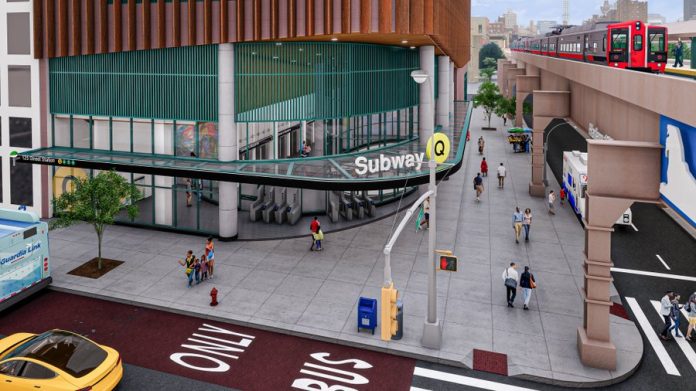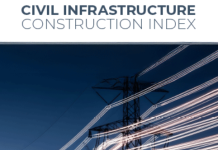New York Construction Report staff writer
The Metropolitan Transportation Authority Board has approved a $1.972 billion contract to bore tunnels for Phase 2 of the Second Avenue Subway, extending Q train service from 96th Street to 125th Street and adding new stations in East Harlem.
The contract was awarded to Connect Plus Partners, a joint venture of Halmar International and FCC Construction. Crews will excavate the tunnel from 116th Street to 125th Street, including space for a future 125th Street station. The contract also includes outfitting a tunnel segment built in the 1970s for the planned 116th Street station, a measure that is expected to save the MTA $500 million.
Tunnel boring is expected to begin in 2027, using 750-ton machines with 22-foot diamond-studded drill heads. Early work will start later this year, with heavy construction scheduled for early 2026.
Phase 2 will add three new ADA-accessible stations at 106th, 116th, and 125th streets, and provide connections to the Lexington Avenue subway line and Metro-North at 125th Street. The project is expected to serve an additional 110,000 daily riders and reduce travel times by up to 20 minutes for East Harlem residents.
The project budget for Phase 2 is $6.99 billion, funded in part by revenues from the Congestion Relief Zone tolling program. The MTA says the expansion is on schedule for a September 2032 revenue service date.
Phase 2 builds on lessons from Phase 1, which extended the line from 63rd Street to 96th Street and opened in January 2017. The earlier phase added stations at 72nd and 86th streets and carries over 200,000 passengers on a typical pre-pandemic day.
The contract includes provisions to reduce costs and accelerate construction, such as early utility relocation, reusing existing tunnel segments, and optimizing station designs. The expansion is expected to generate more than 70,000 jobs, including a local hiring goal for East Harlem residents.
Phase 2 covers approximately 1.5 miles, with ancillary buildings at each station for ventilation, mechanical, and electrical systems, and potential ground-floor retail or community uses. The project is designed to increase multimodal connectivity and improve transit access for one of the city’s most transit-dependent neighborhoods.










